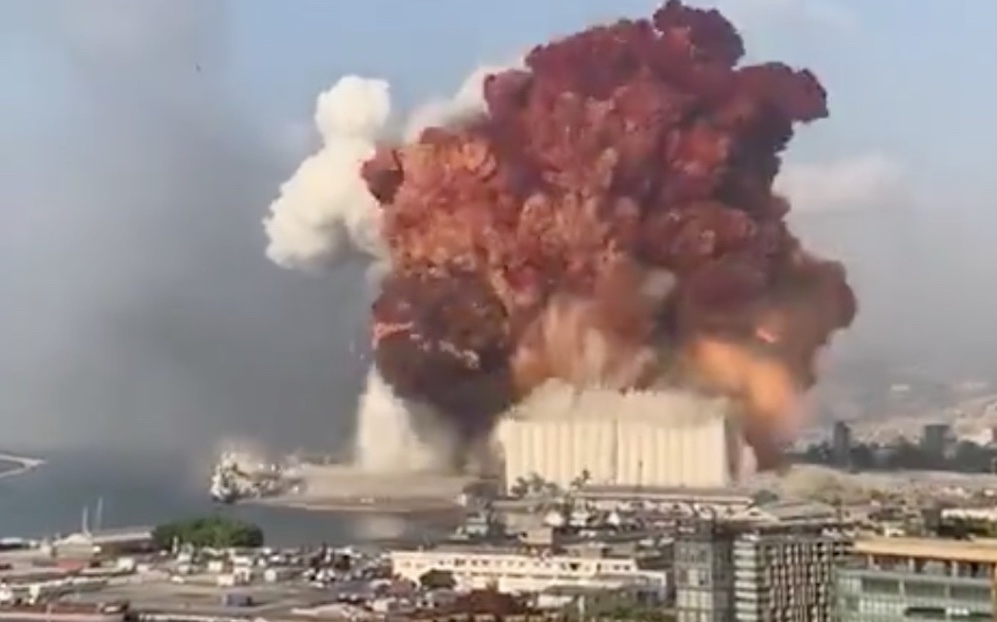
An international team of scientists has now published findings detailing the effect that the blast had on the outer layer of the atmosphere, the ionosphere.
It turns out that the Beirut explosion rivaled the effects previously seen in volcanic eruptions.
The ionosphere as the name suggests is the ionized region of Earth’s upper atmosphere, extending from 48 to 965 kilometers (30 to 600 miles) up. Solar radiation that hits molecules in this region ionizes them, separating the electrons from said molecules.
The ionosphere can be disturbed by space events like geomagnetic storms but also by things happening on the ground. And not just natural events like volcanic eruptions. Human activity affects it; nuclear tests are an extreme example of that.
Changes to the ionosphere can be measured in an interesting way. They affect GPS signals. Small changes are usually taken into account by GPS receivers and transmitters, but for unusual events, the signals can be used as a way to study the ionosphere.
The explosion in Beirut generated a wave through the ionosphere that had a magnitude larger than what was created by the Asama volcano eruption in Japan in 2004. Other eruptions in the Japanese archipelago that have happened over the last decade or so have been comparable in magnitude to the Beirut event.
“We found that the blast generated a wave that traveled in the ionosphere in a southwards direction at a velocity of around 0.8 kilometers (0.5 miles) per second,” said a co-author.
The explosion was due to poorly stored ammonium nitrate (predominantly used as a fertilizer and as an ingredient in explosives) that had been abandoned in a warehouse back in 2014.
A fire broke out in the warehouse, that also stored fireworks. These exploded first, with a force equivalent to about 2 tons of TNT. About half a minute later, the whole deposit exploded with a force equivalent to 1.1 kilotons of TNT, similar to that of a low-yield nuclear bomb.
The Beirut explosion was heard in Cyprus over 240 kilometers (150 miles) away. It was recorded by the United States Geological Survey as a seismic event of magnitude 3.3, and left a crater visible from orbit 140 meters (460 feet) across.
Now subscribe to this blog to get more amazing news curated just for you right in your inbox on a daily basis (here an example of our new newsletter).
You can also follow us on Facebook and/ or Twitter. And, by the way you can also make a donation through Paypal. Thank you!
You should really subscribe to QFiles. You will get very interesting information about strange events around the world.






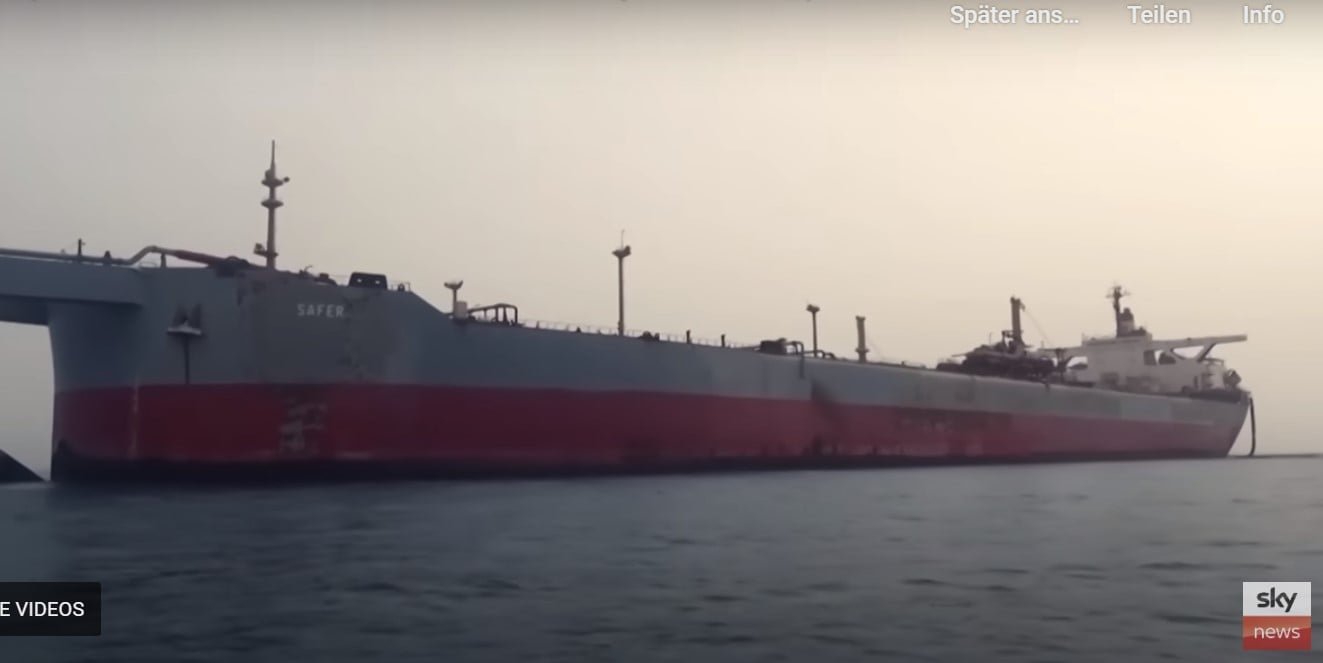


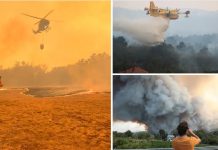

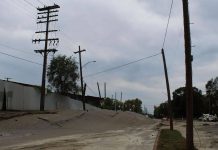
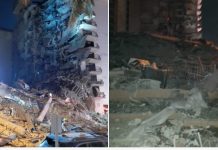

You’re absolutely right, Arnold; this is exactly what happens when one tries to burn ammonium nitrate. As you correctly said, in order to use it as an explosive, it has to be mixed and ground very precisely.
https://www.youtube.com/watch?v=27qh44Ljmsg
This is what happens, when you try to burn ammonium nitrate. In order to use it as an explosive, it has to be mixed and ground very precisely.
The official explanation is a narrative. Think for yourself.